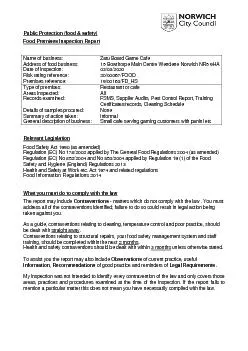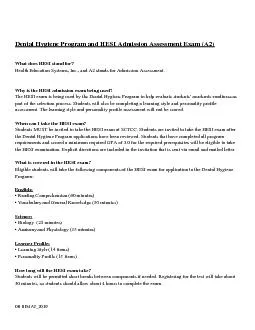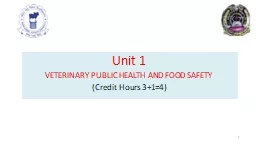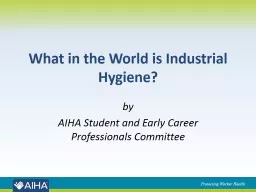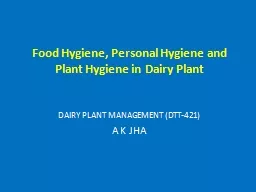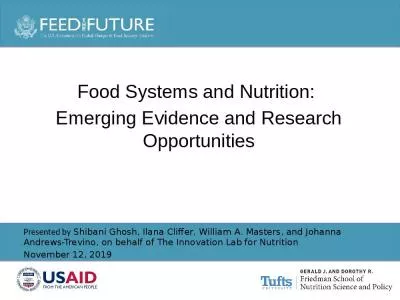PPT-Challenges in food hygiene and safety-comparing Lincolnshir
Author : yoshiko-marsland | Published Date : 2016-05-07
s chool c anteens Patricia Foriwaa Ababio University of Lincoln College of Sciences NCFM sampat34jyahoocouk Importance of school meals Governments and stake
Presentation Embed Code
Download Presentation
Download Presentation The PPT/PDF document "Challenges in food hygiene and safety-co..." is the property of its rightful owner. Permission is granted to download and print the materials on this website for personal, non-commercial use only, and to display it on your personal computer provided you do not modify the materials and that you retain all copyright notices contained in the materials. By downloading content from our website, you accept the terms of this agreement.
Challenges in food hygiene and safety-comparing Lincolnshir: Transcript
Download Rules Of Document
"Challenges in food hygiene and safety-comparing Lincolnshir"The content belongs to its owner. You may download and print it for personal use, without modification, and keep all copyright notices. By downloading, you agree to these terms.
Related Documents







